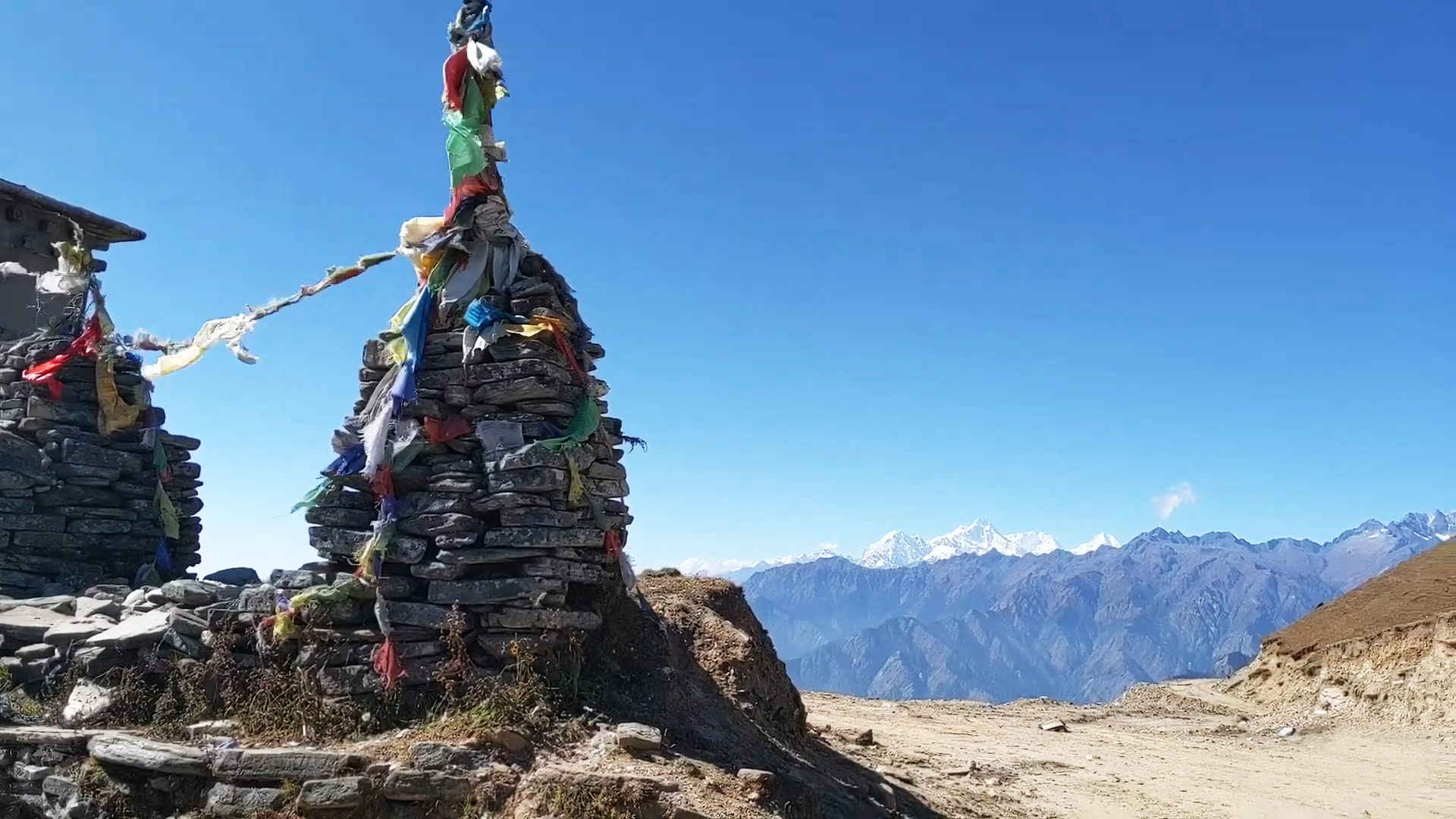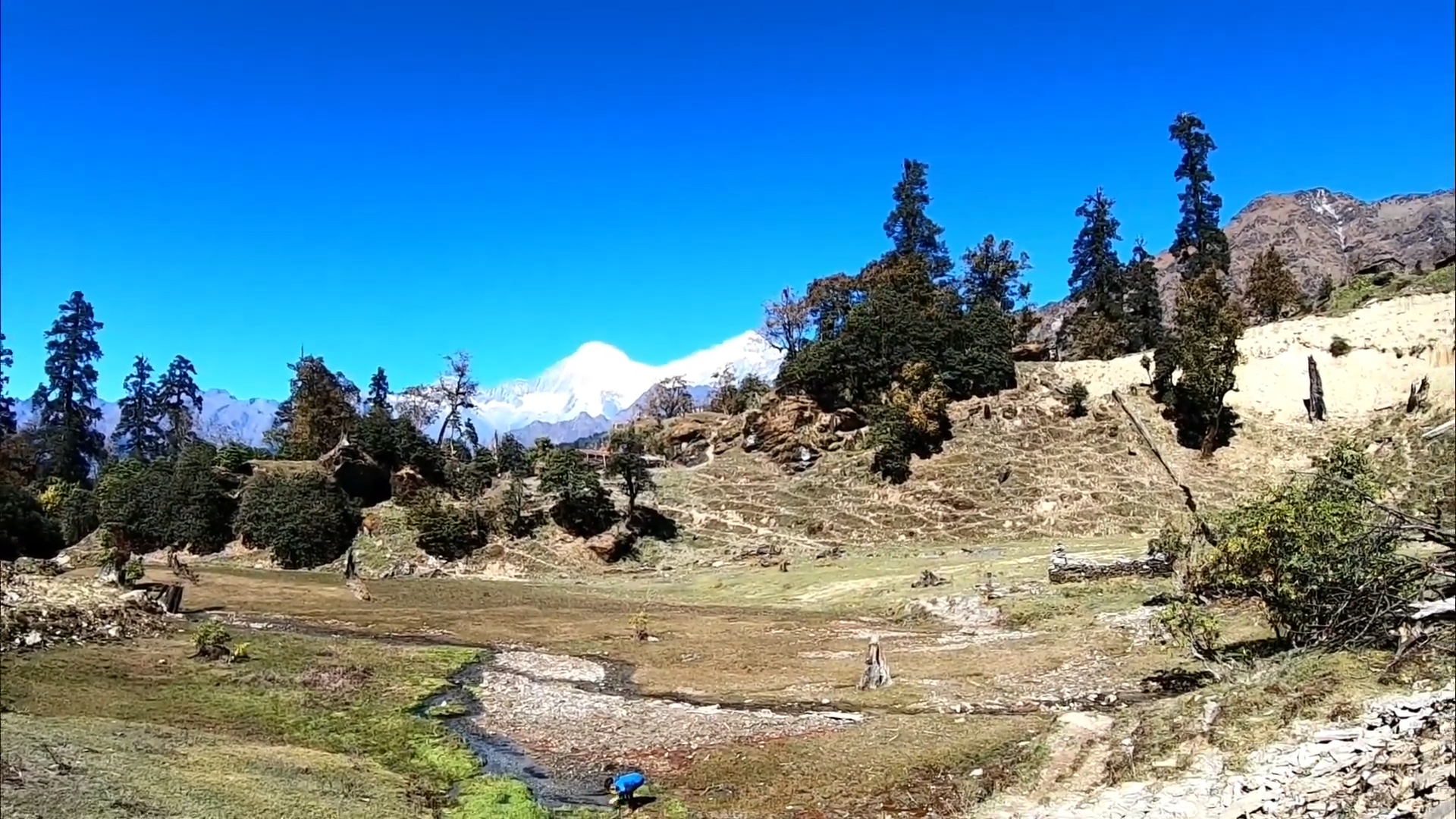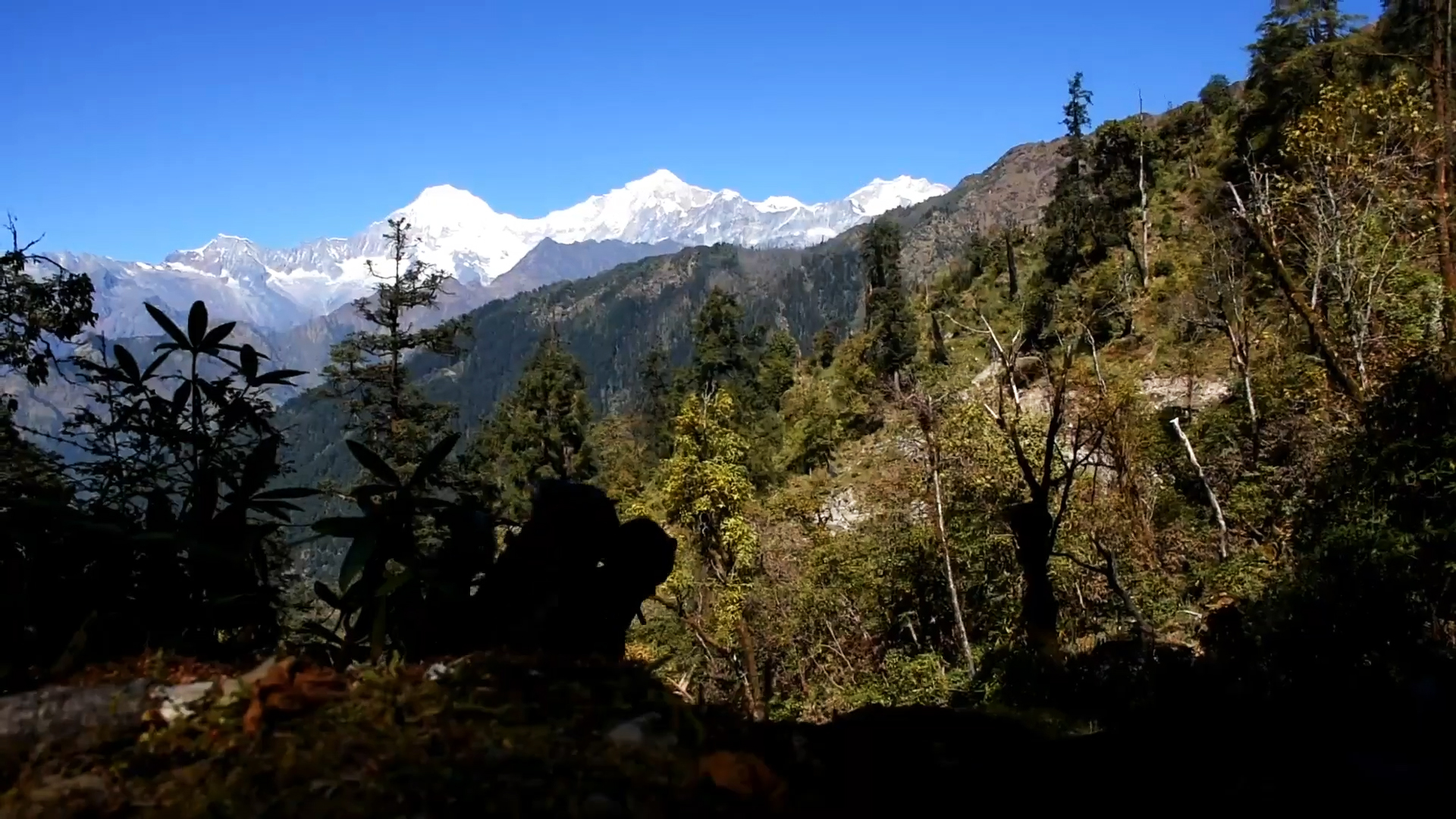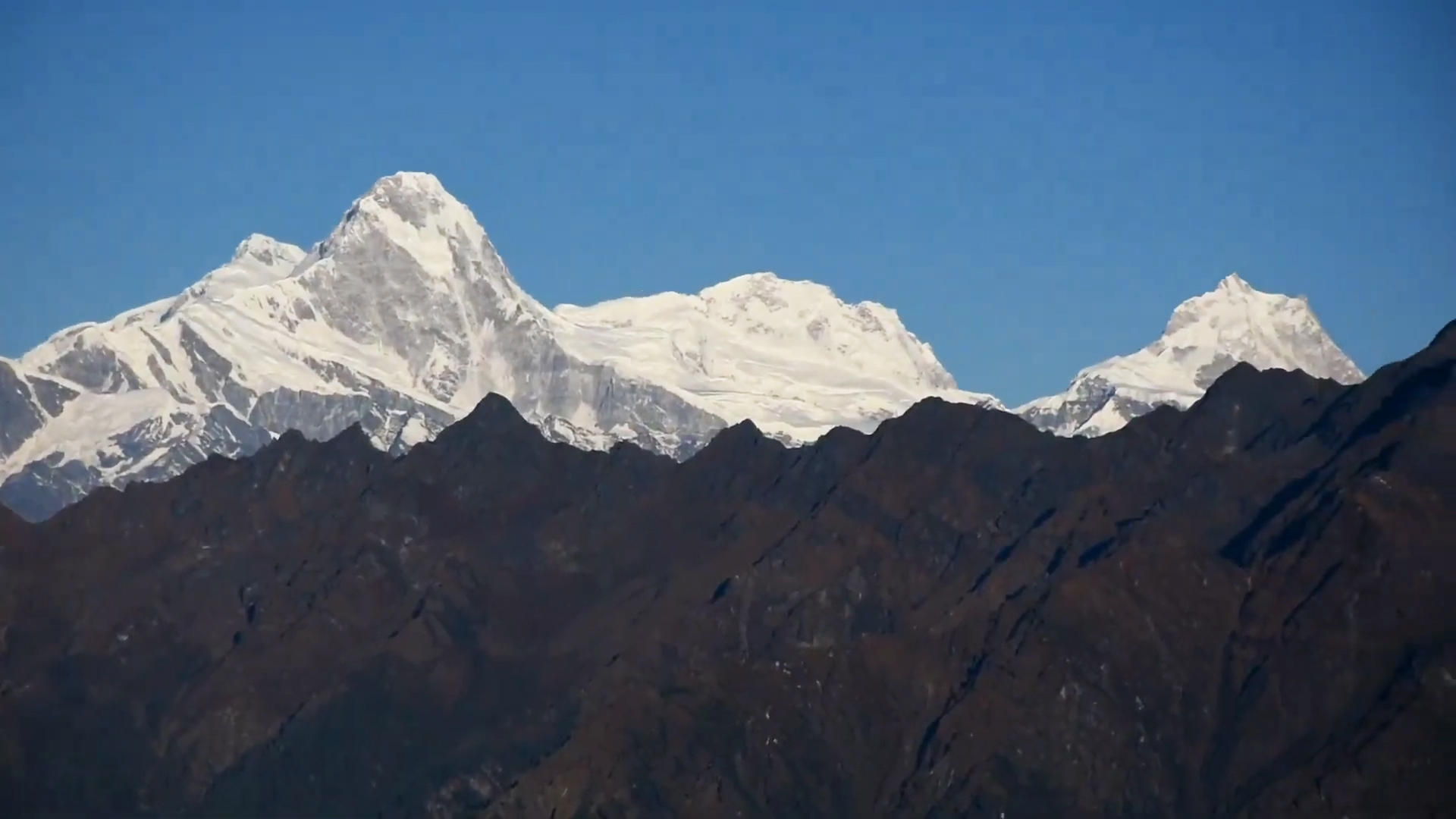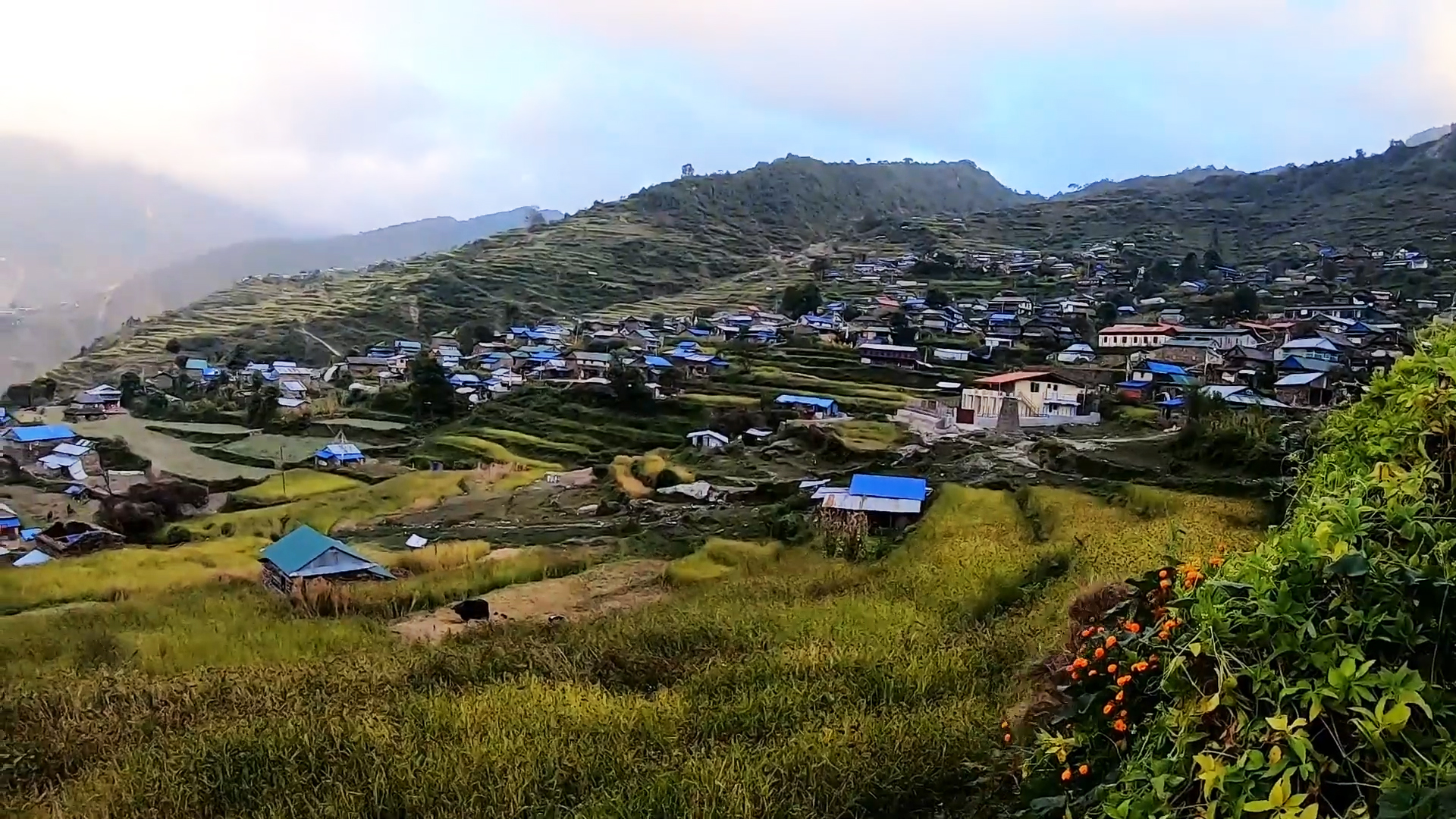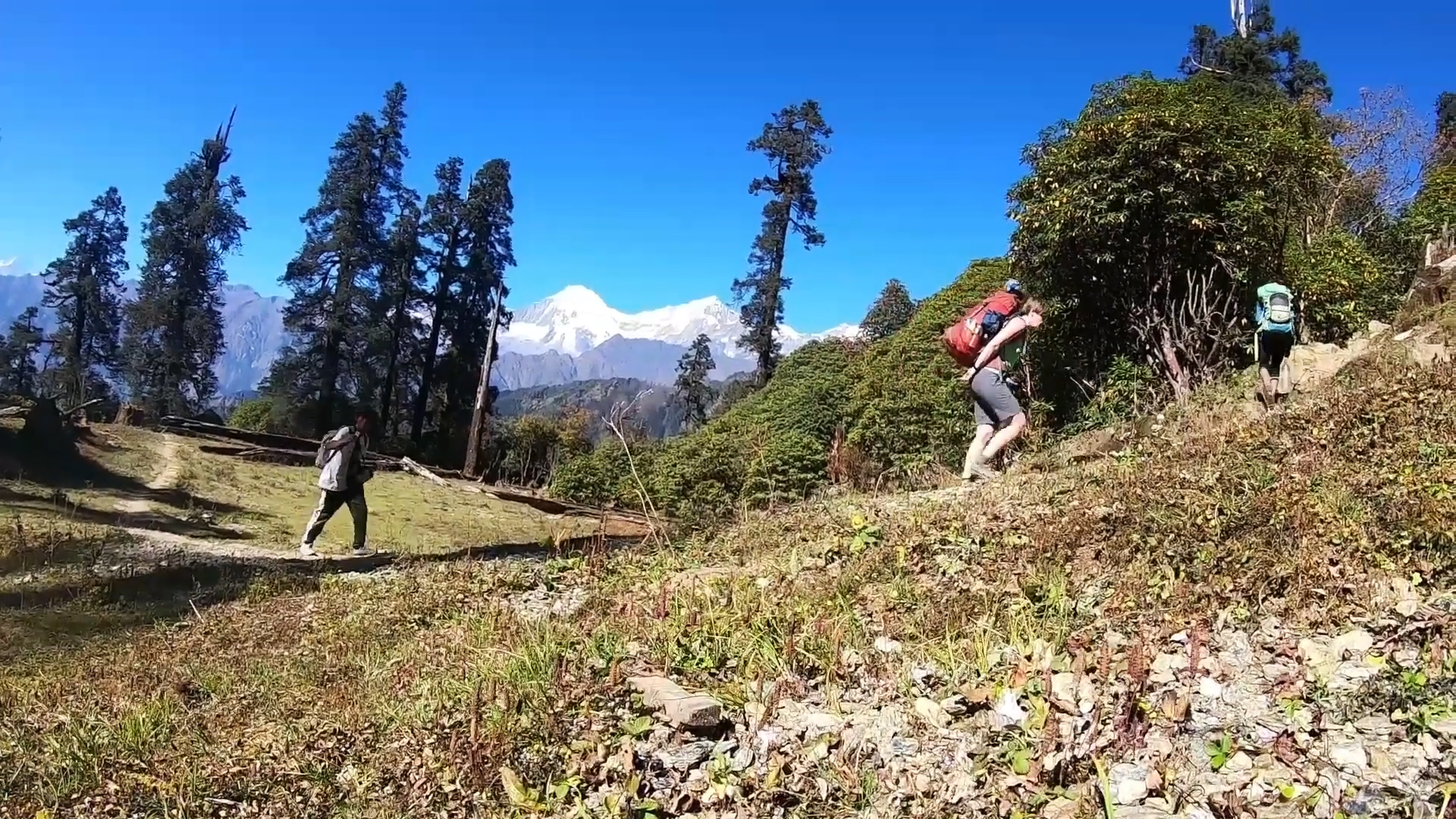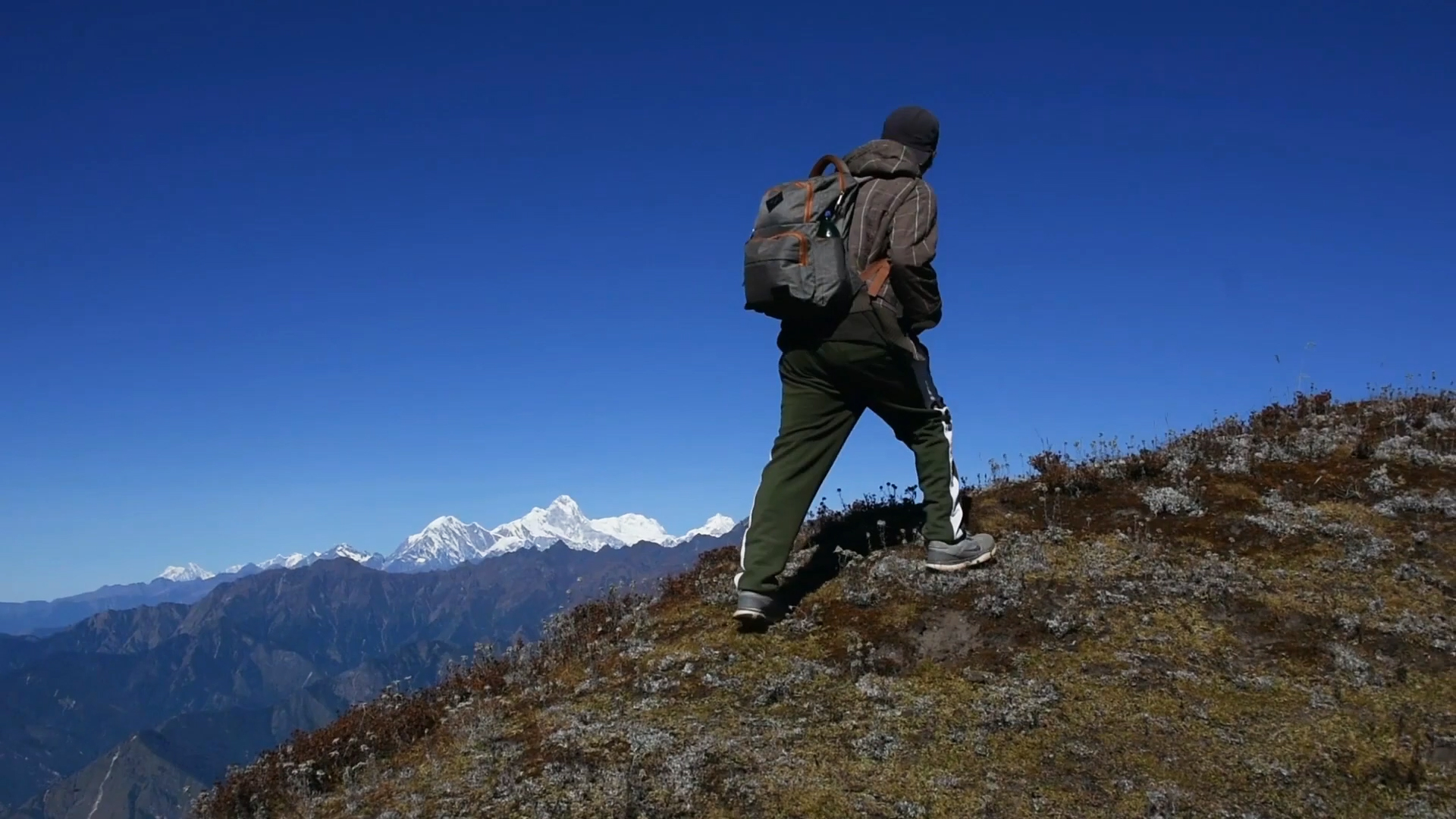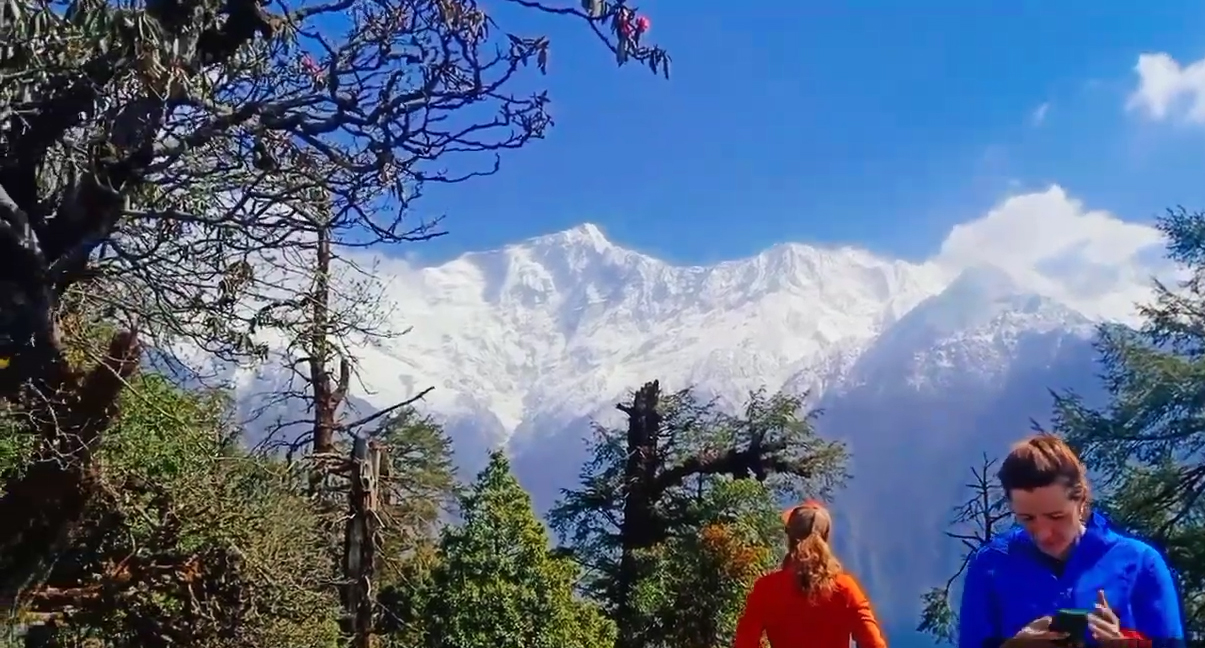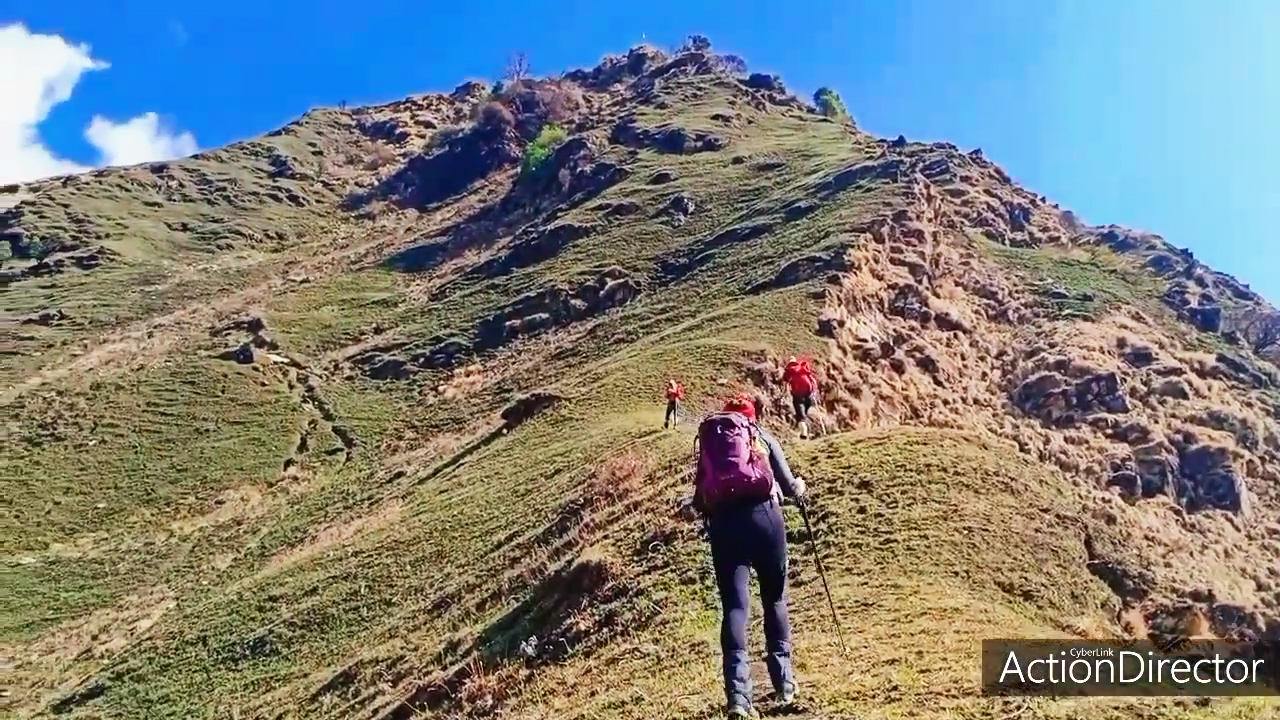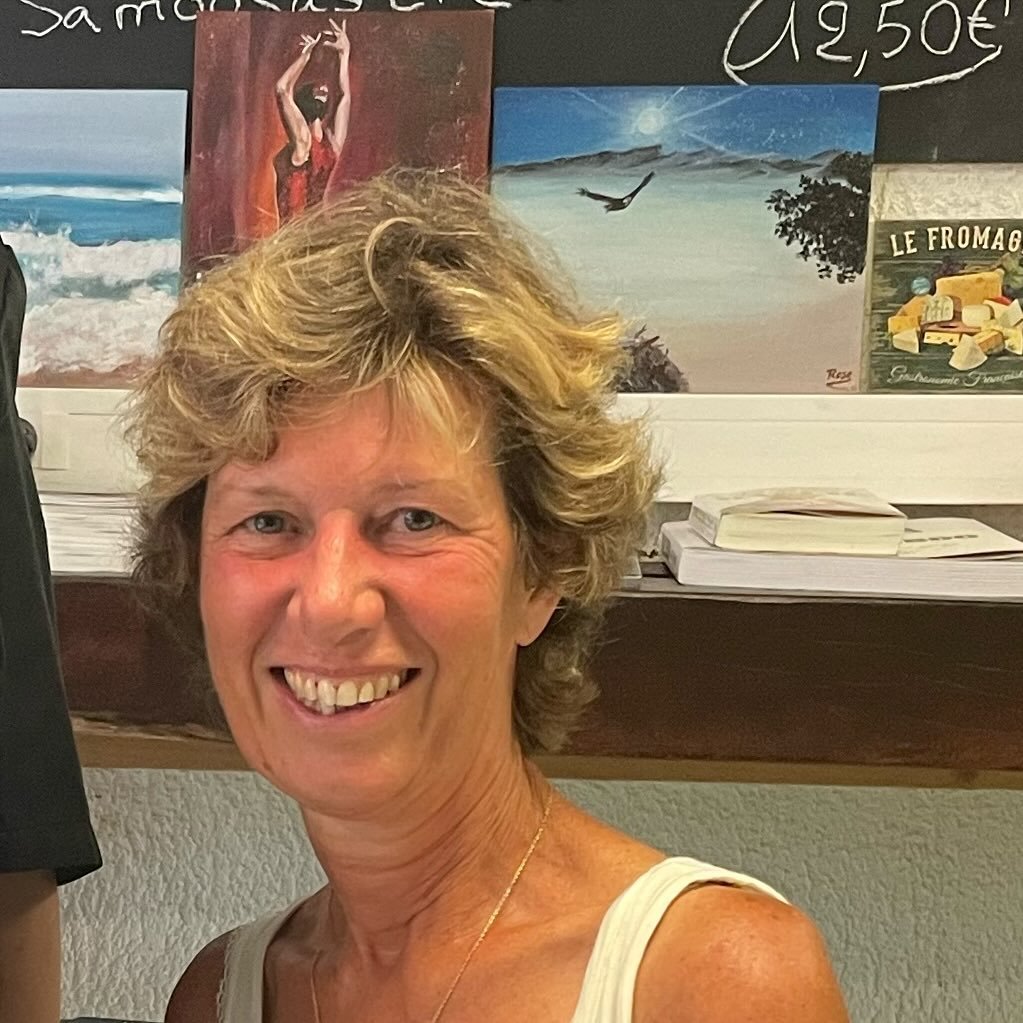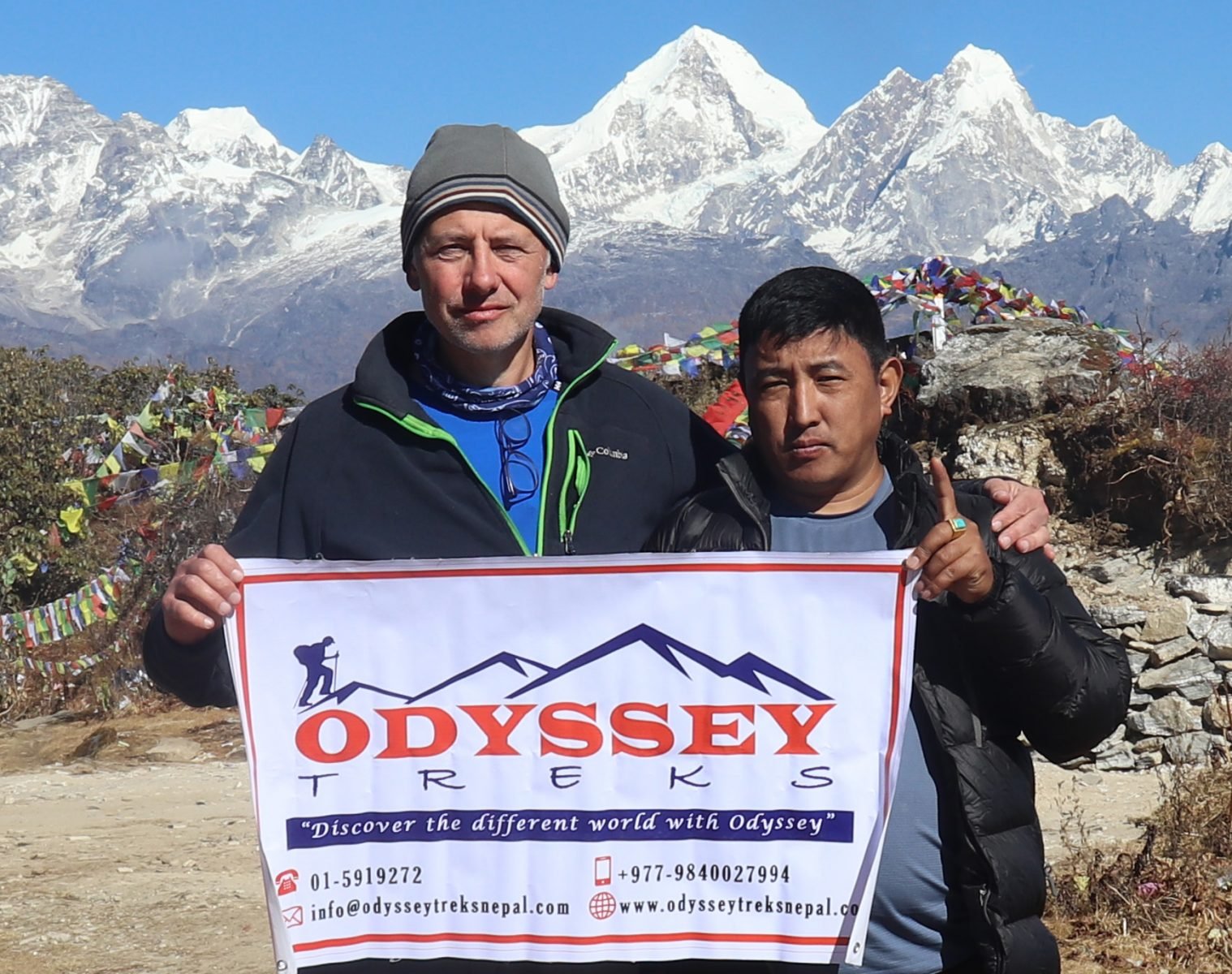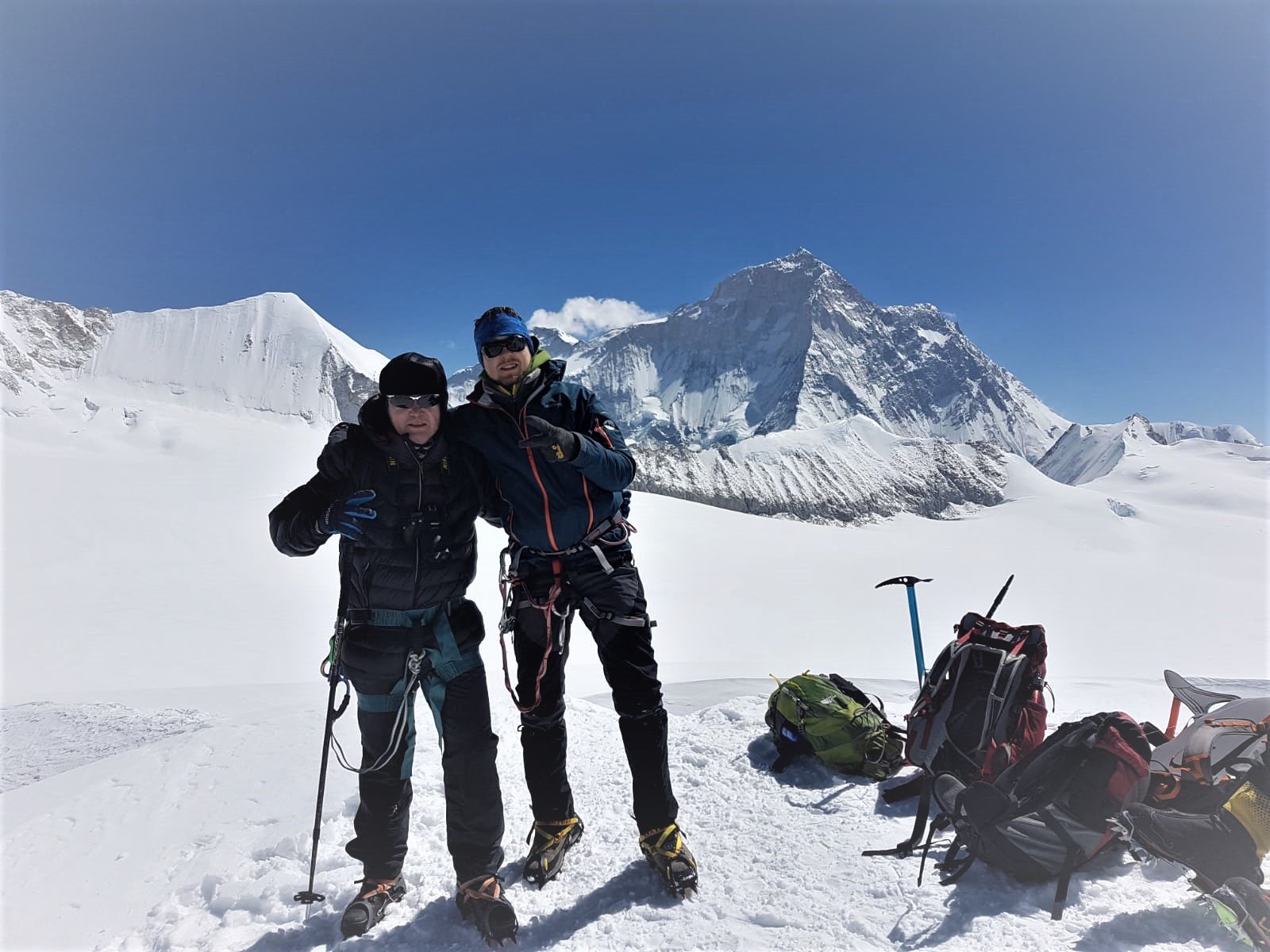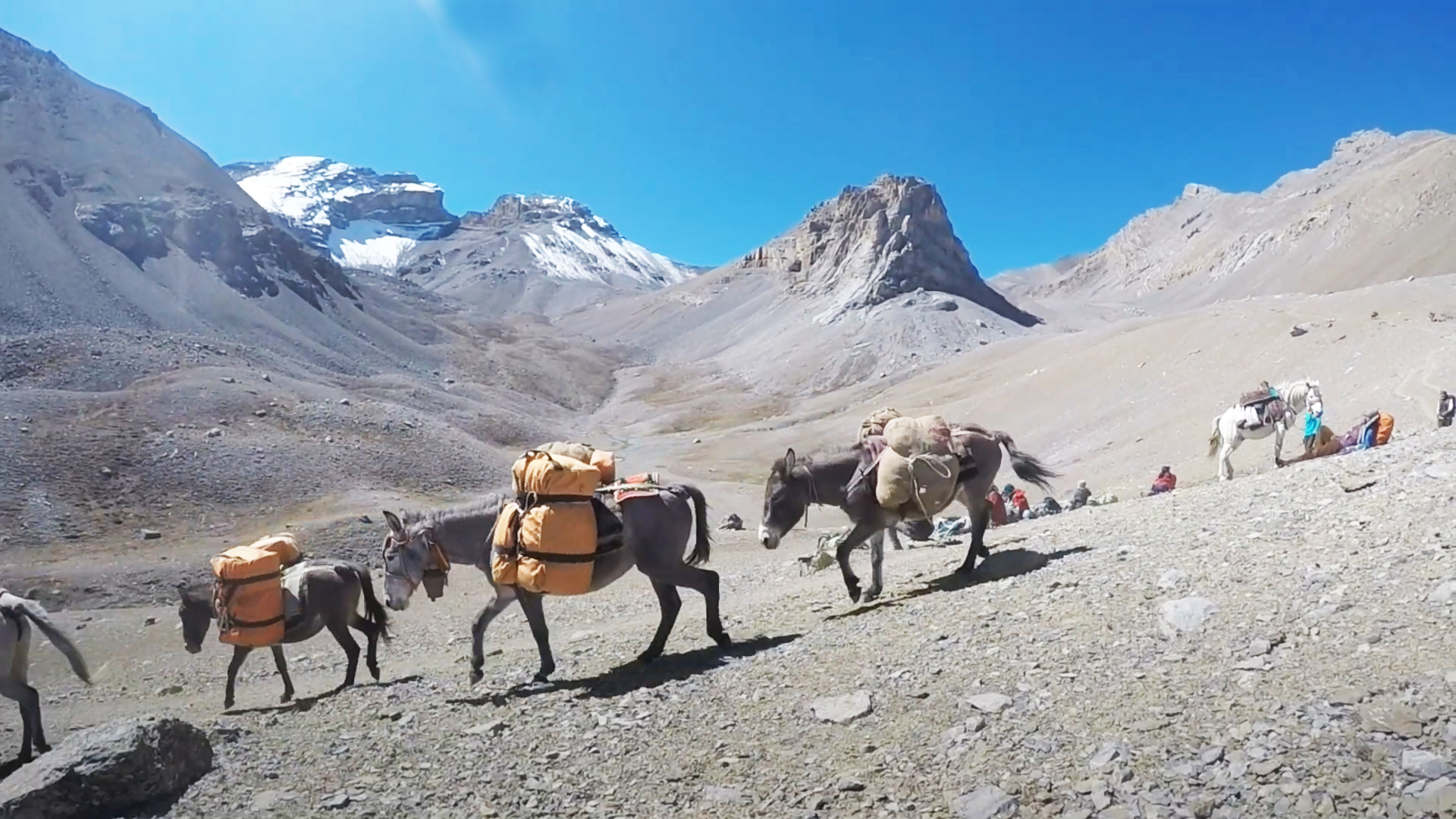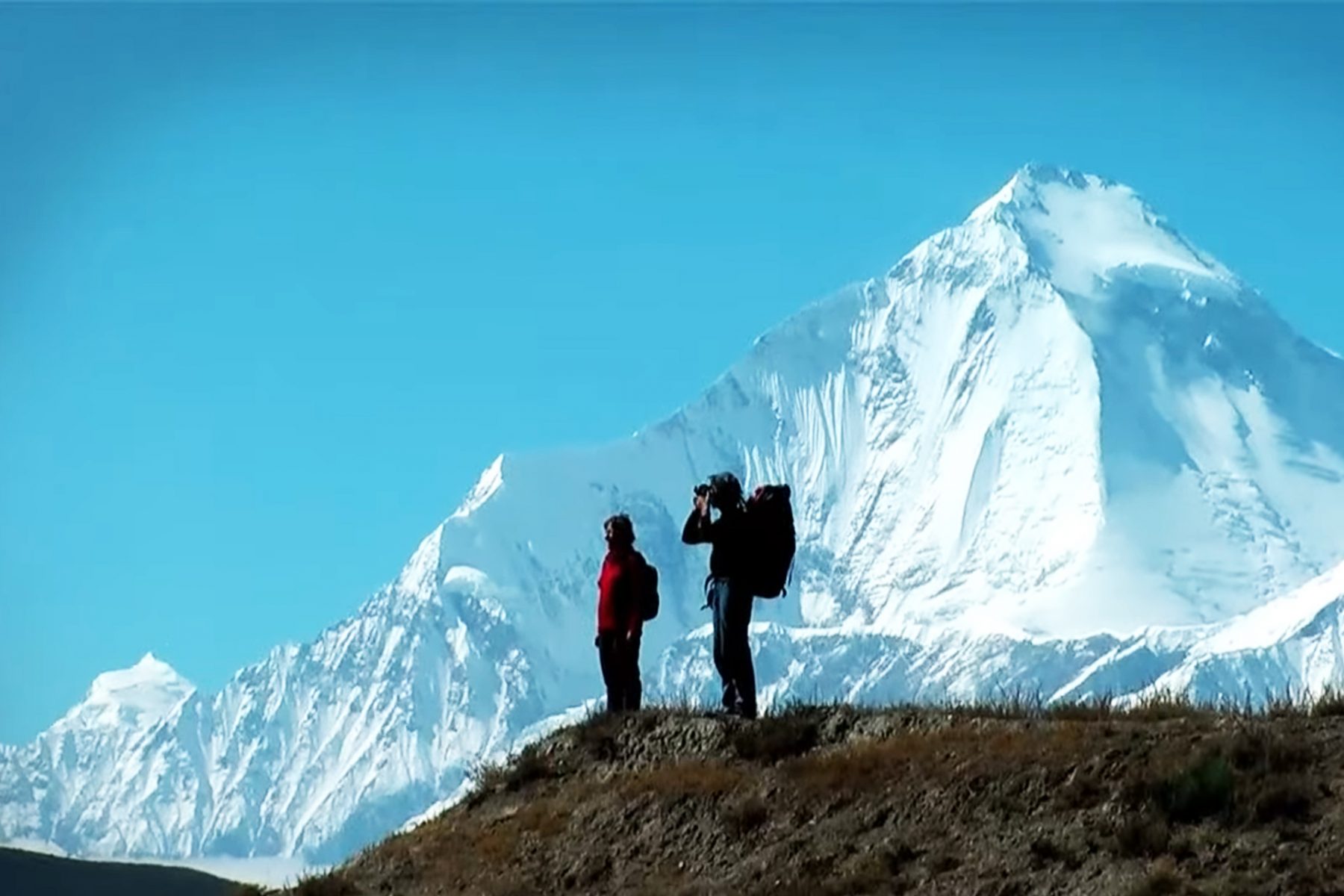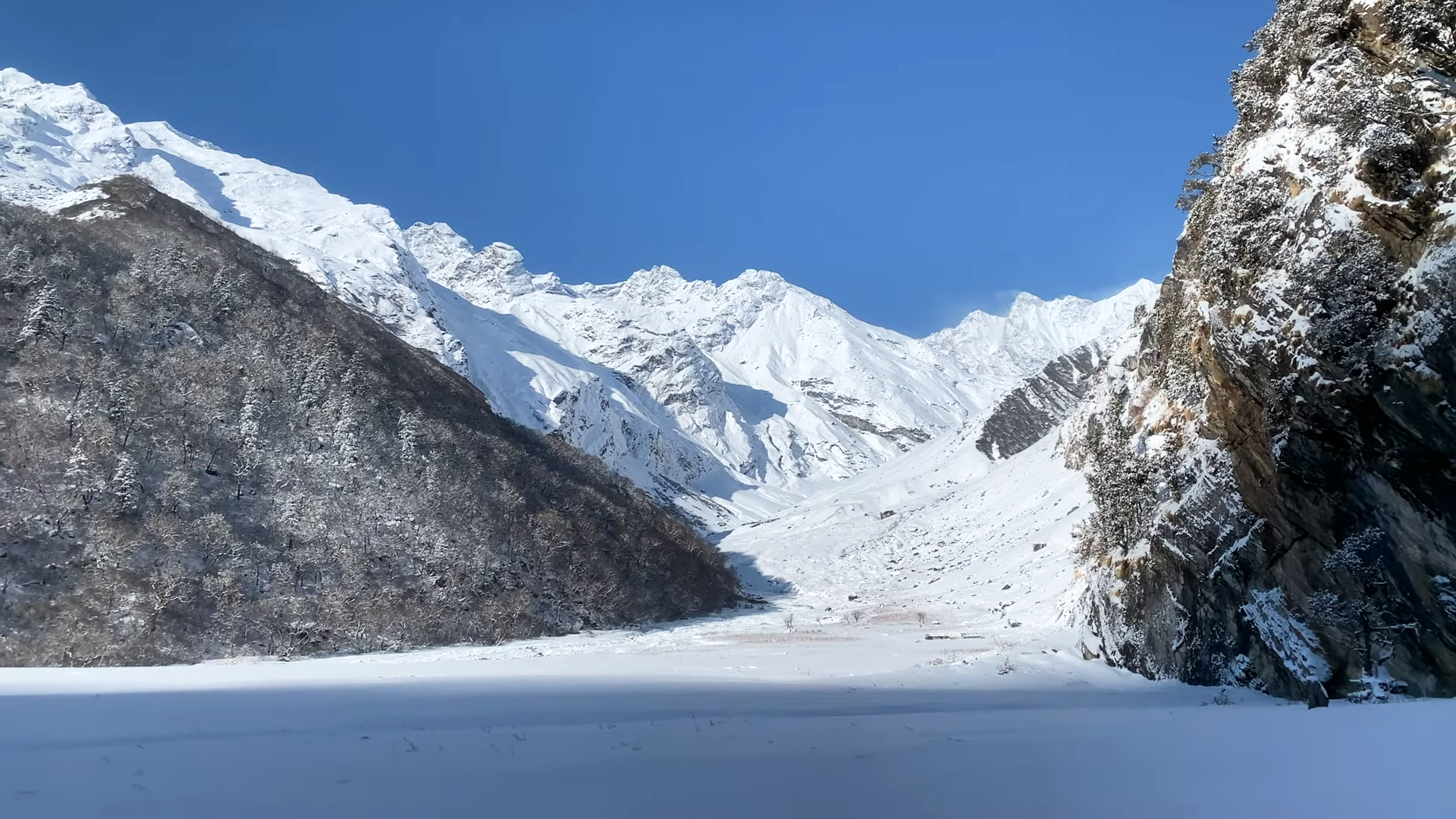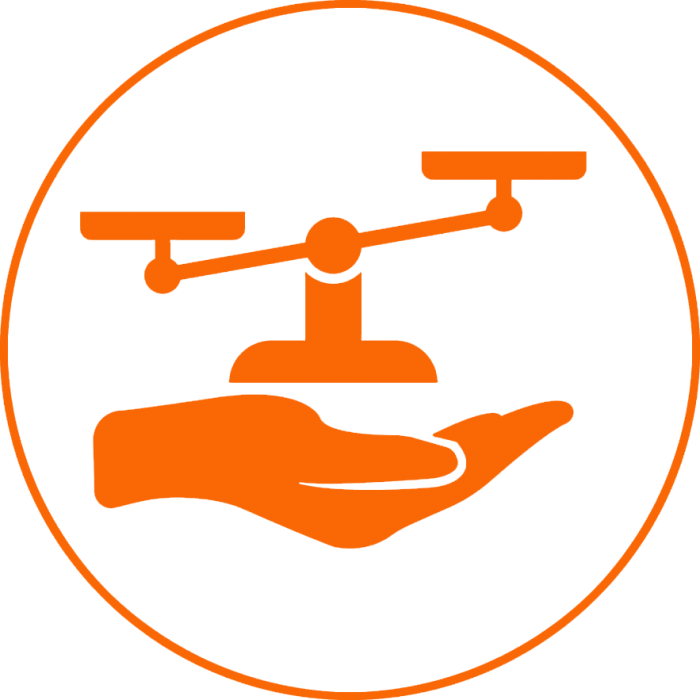Trip Overview
Introduction to Ganesh Himal Trek
Ganesh Himal Trek is ideal for travelers who want to stay away from popular and crowded places like the Annapurna region and the Everest region. Located northwest of Kathmandu Valley, the Ganesh Himal Trek is a non-tourist trekking trail.
This trip offers you beautiful panoramic views of the Ganesh Himal region, the Langtang region, and the Annapurna region. This area has beautiful landscapes, rich flora, and dense forests with Spanish oak, blue pine, and rhododendrons in the spring. Ganesh is the Hindu god of good fortune. In Nepal, we pray to an elephant-headed god named Ganesh for divine power. Named after the same god, Ganesh, this mountain is the holy mountain of the Hindus.
As you walk along the trail, you will experience diverse alpine flora as well as gain insight into the daily life, unique culture, and traditions of the Tamang people. Ganesh Himal Trek is a walk-in, less-trodden trail between green hills and forests in the background of beautiful Himalayan ranges.
You May Like to visit: The Kanchenjunga Base Camp trek in just 22 days; Itinerary, Cost, Package
encounter with many animals
In this area, there are 526 species of plants, 300 species of birds, and various animals like Himalayan Thar, Gaur, musk deer, monkeys, etc. Rich in orchids, this area has about 40 different species of orchids. The forest of rhododendrons, lakes, and waterfalls along your route makes your journey more interesting, lively, and vibrant.
Pass the Singa-La Pass and enjoy the beauty of the black and white lake, as well as be enchanted by the stunning Ganga and Jamuna waterfalls. The surface of the black lake is covered with black stone, and the white lake is covered with white stone. This is another attraction at the center of the trek. The goal of this Ganesh Himal Trek is to help you walk the off-beaten trail and explore rural Nepal. During the Ganesh Himal Trek, you will experience the mixed Nepalese culture and traditions of both Buddhists and Hindus.
We can experience the Tamang culture as many Tamang people live in the area. Tamang people are still away from modern life and practice the daily activities that their ancestors practiced. The green pastured mountains look stunning, and in the morning at the Pangsang Pass, you will experience the fascination of the entire Ganesh Himal Trek. Autumn and spring are the best times for trekking. But Odyssey Treks arranges wonderful life experiences as per trekkers’ wishes and holiday schedules.
You may visit: Dhaulagiri Trek in just 17 days, Cost, Itinerary, Trek in Nepal, Maps.
Trip Itinerary
Drive Kathmandu to Syabru Beshi (1,550m) – 8 to 9 hours.
Syabru Beshi to Gatlang (2,240) – 6 to 7 hours walk.
Gatlang to Somdang (3,271m) – 7 to 8 hours walk.
Somdang to Pangsang Pass (3,842m) – 4 to 5 hours walk.
Pangsang Pass to Shertung / Chalise (2,000m) – 6 to 7 hours walk.
Chalise to Hindung (2,220m) – 6 to 7 hours walk.
Hindung to Rajgang Kharka – 6 to 7 hours walk.
Rajgang Kharka to Kalo Seto Kunda (Black and White Lake) Ganesh Himal Base camp – 7 to 8 hours walk.
Free day at Ganesh Himal Base Camp.
Ganesh Himal Base Camp to Rajgang Kharka – 7 to 8 hours walk.
Rajgang Kharka to Chalise (2,000m) –7 to 8 hours walk
Chalise to Jharlang – 8 to 9 hours walk.
Jharlang to Darkha – 8 to 9 hours walk.
Darkha to Khahare Bazaar – 8 to 9 hours walk.
Drive Khahare Bazaar to Kathmandu – 8 to 9 hours.
Why not list the price?
Each client's needs may be different. The price of the trip varies according to the size of your group and the service you want. The cost of the trip is calculated according to the type of service and accommodation chosen by our customers.
Each trip is customized to fit the client's needs and group size, so the price of each organized trip is different. Please let us know the service you want and the size of the group. We create trips to suit your taste and travel budget per your requirements. Hope you find our price calculation reasonable according to your needs and preferences.
Frequently asked questions about this trip
How difficult is the trek?
The difficulty depends on where and how long you want to trek. The short trek is easy while the long trek requires some physical fitness.
What is altitude sickness?
Altitude sickness is normally known as acute mountain sickness. This can happen when people rapidly climb up to an altitude of more than 3000 meters. We ensure minimal risk by adding rest to our trekking itineraries. Most people will feel some effects of altitude, some shortness of breath and possibly light headache, this is normal enough. Acute mountain sickness patients are quite different and usually have a serious headache, sickness, and lose awareness. In almost all possible cases there are sufficient warning signs to take action properly. Descending to a lower altitude is usually enough to prevent any further problems.
What type of accommodation is available during the trekking?
There are mainly tea houses and lodges available for trekking and they are usually made using local materials and are very comfortable. These accommodations are often family-run and usually provide single and double rooms. The dining room is on the ground floor and is often on fire. All food will be cooked in order in the family kitchen. Toilet facilities are sometimes separate and sometimes outside. Most lodges provide mattresses and blankets. It's a good idea to always have a sleeping bag, which can be useful, and perhaps an inflatable pillow.
How long do we walk every day on trekking?
Trekking programs are classified into three different categories: soft, moderate and hard. Soft treks are only about 7 days to 10 days in duration. They generally do not go above 4000 meters; you can expect to walk about 4-5 hours each day. Moderate treks are challenging enough and long treks that go to the high hill country. Physically exhausting, this involves trekking along the cliffs of the mountains for about 6-8 hours. Harder treks are longer treks that go farther away from the general abode of trekkers and tourists. These physically challenging treks involve walking for 7- 9 hours each day.
How much weight do I need to carry on the trek?
You carry some of your personal belongings, such as warm clothing, water, snacks, sun block, cameras and more. Generally, these items will be lightweight, from 5 to 10kg (10 to 20 pounds). Our porters are available for other heavy goods and for your information one porter would be sharing by two people. The maximum weight carried by one porter is total 20 kg. this means 10 kg. per person is allowed for the trek. In case if you wish to carry more than this weight then you need to hire additional porters.
What is the best time for trekking in Nepal?
October and November are considered as the best times for trekking in Nepal due to dry season. December and January are also considered good times for trekking but it is extremely cold at high altitudes.
Google Reviews
Guest reviews
Thank you a lot for your organization about my trek. It was a superb experience; all was perfect. Karma is a very nice person and a good guide. I appreciated trekking with Odyssey (a reliable Nepal trek operator). If I come back to Nepal, I will be happy to...
Have just returned from my fourth trip to Nepal and as always Odyssey Treks organized everything superbly. We visited Makalu relatively late in the season and were rewarded with empty trails and amazing weather. Karma was as entertaining, friendly, and informative as ever along with Ang Dawa Sherpa who...

